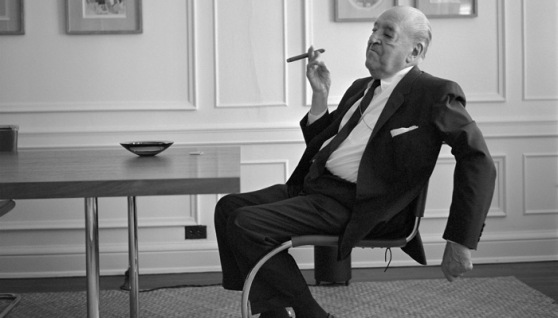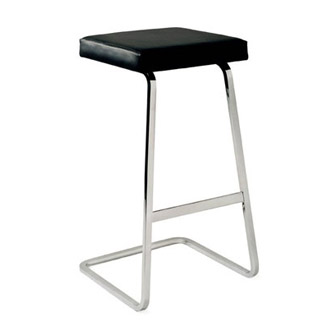Started from 1918 and ended in 1950.
Modernism although being classed as an artistic style it is more a methodology in which artists and designers thinks about their surroundings and get their inspirations from. Modernists wanted to change the war stricken society and create helpful designs that cater better to their needs. It is during this period that the notion that ‘form follows function’ was born. Modernism was applied to all forms of creative expression from design to music to even cooking, this is when dishes were being prepared for not just their taste but even their nutritional contents that were needed the consumer.
Modernism was the father of all the movements ending in ‘ism’ such as Cubism, constructivism, Dadaism and many more. Modernist’s designers embraced the new materials that were improved extensively by WWI researchers. They build tubular steel furniture, glass and steel framed buildings and other uses of materials in products that were previously unconceivable.
Creating simplistic practical items was thought to help improve the general society. As one of the greatest Modernism designers once said “Less is more” by Ludwig Mies van der Rohe.
Ludwig Mies van der Rohe is most well know as being the last headmaster of the Bauhaus school of arts before settling in the United States. Mies van der Rohe had a love for cantilever design and designed a great number of cantilevering seating such as the stool and the picture he is seen in. As a participant knowingly or not of the modernist movement he sought to create things the consumer market has never seen before and that is exactly what he did. He had the right mind set to be a modernist which was that of a holistic view of the world, were they are able to pick out details most people don’t pick up on and develop them into innovative and simple work with a lot of thought behind them. ‘Less is more’ in its finest examples.
We still make use of the lessons learned from these periods in human development to this very day from the kitchen to the design board. In my opinion this collective period that is the modernists movement was a crucial one that developed and moulded the society we have today. I always keep in mind to keep an open mind when designing a product from concept to realization, the simplest of answerers can come from the most unexpected of sources.
Bibliography:

